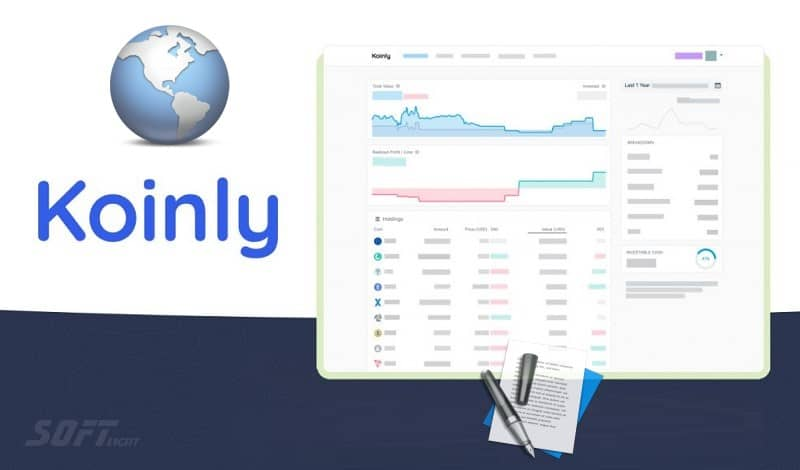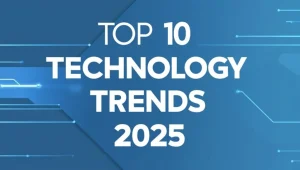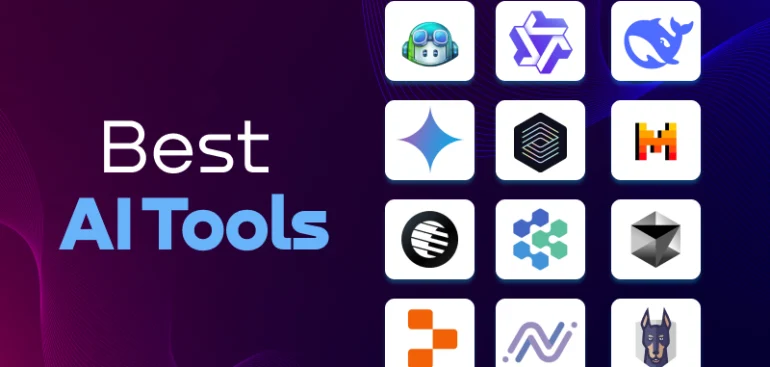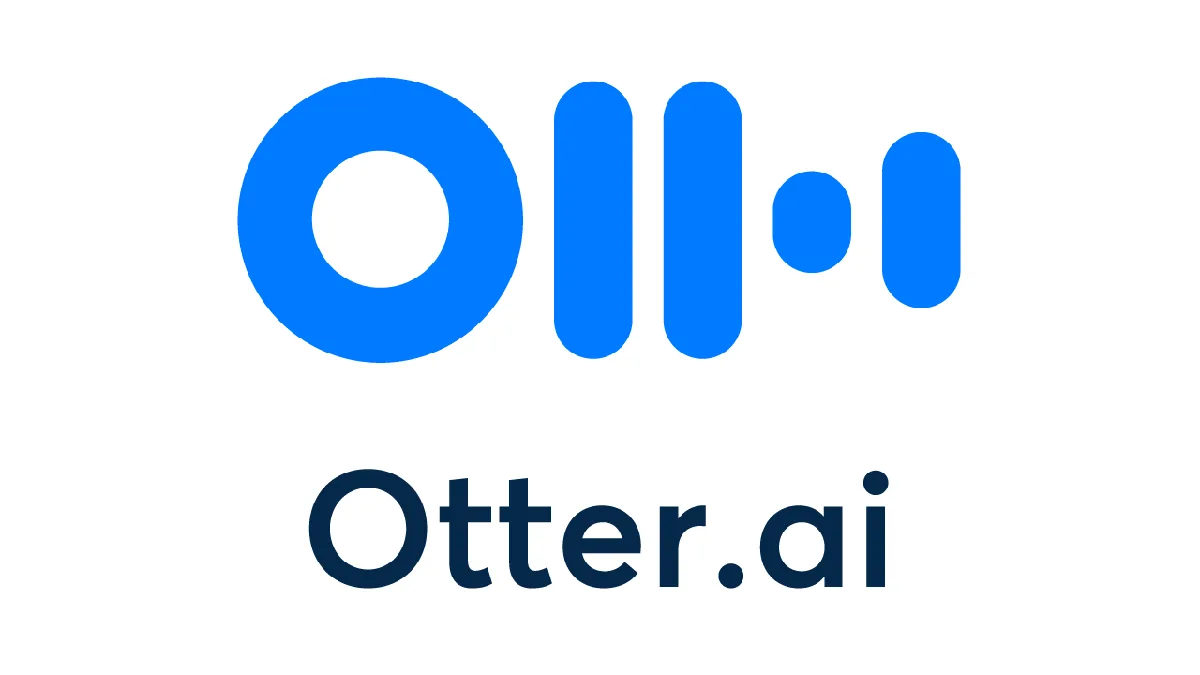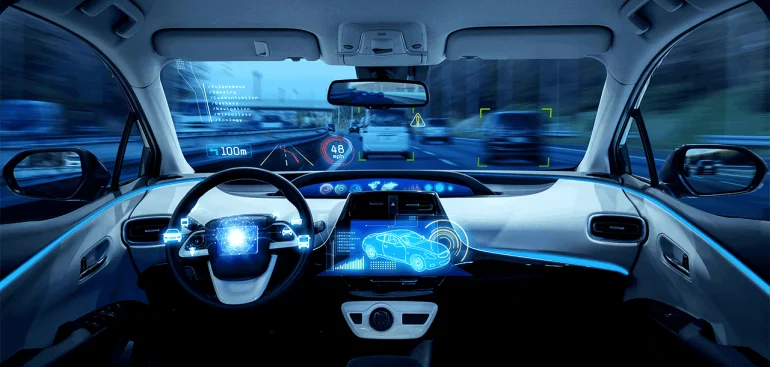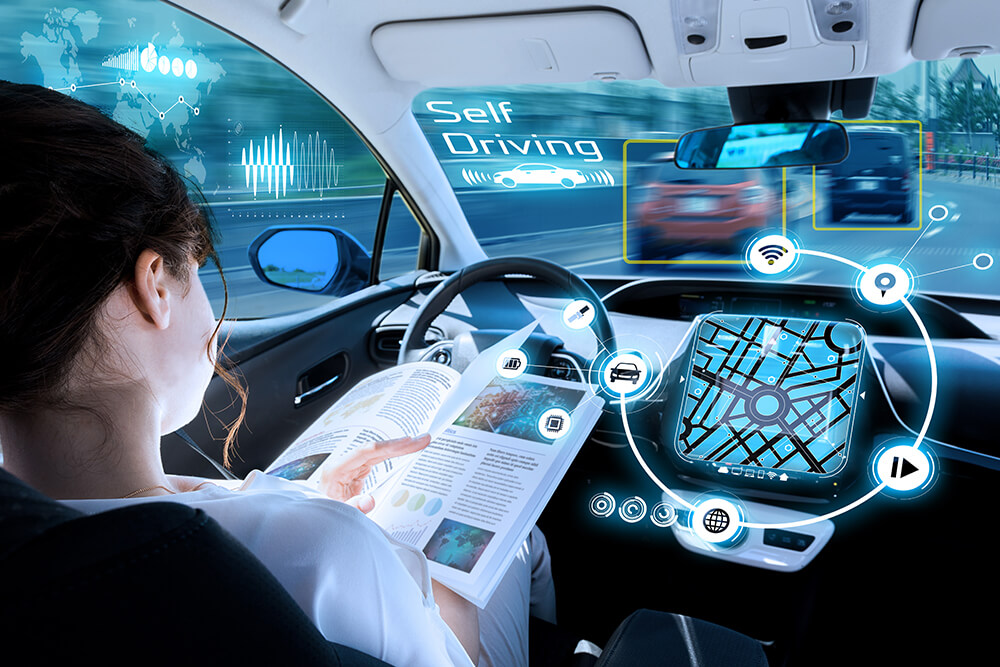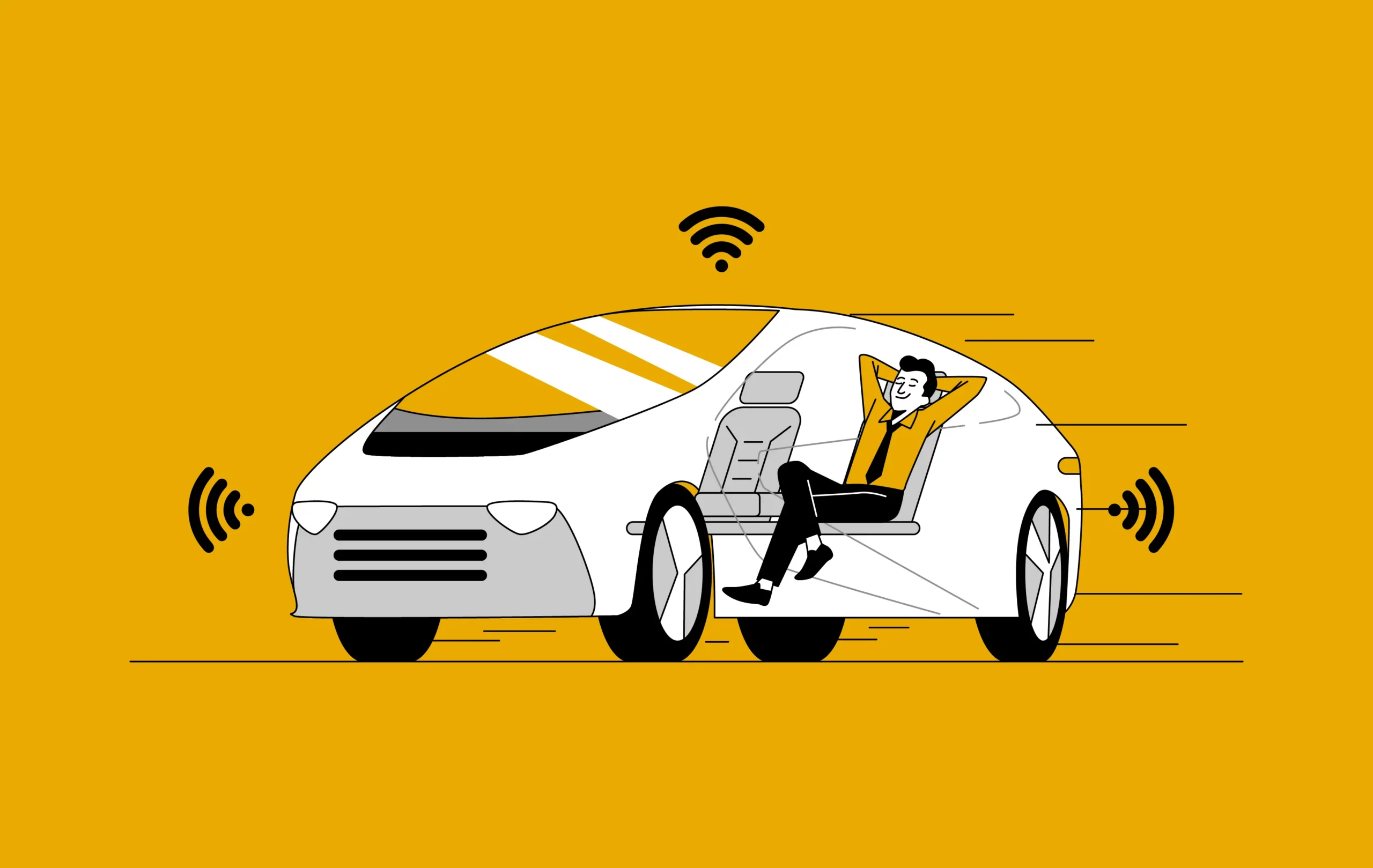Productivity is crucial in the fast-paced digital world of today, and artificial intelligence (AI) has made it simpler than ever to work smarter, not harder. Artificial Intelligence (AI) solutions can improve productivity, automate tedious processes, and optimize workflows without breaking the bank, whether you’re managing a business, working remotely, or juggling many projects.
The finest aspect? A lot of these effective tools are completely free.
Here is a carefully picked collection of the best free AI productivity tools for 2025 that you can use immediately to increase your output and time.
1. OpenAI’s ChatGPT (Free Tier)
Use it for research, writing, brainstorming, customer service, and coding assistance.
One of the most potent and adaptable AI assistants is still OpenAI’s ChatGPT. A clever chatbot that can assist you with email creation, problem-solving, content drafting, question-answering, and even code writing is available in the free edition.
Bonus tip: Use it to quickly make social media descriptions, outlines, and sum up lengthy documents.
2. Free with the Basic Notion Plan, Notion AI
Use it for teamwork, content creation, project management, and taking notes.
Notion AI adds AI writing and organizing capabilities to the well-liked productivity software. Within your workspace, you may summarize meeting notes, modify text, create content automatically, and even pull action items from a document.
Why it’s so good: Perfect for teams, independent contractors, and students handling a lot of text and assignments.
3. Motion (Free Trial)
Use it for job prioritization, calendar automation, and AI scheduling.
Motion uses artificial intelligence (AI) to plan your entire day by strategically organizing your meetings and responsibilities. It’s similar to having a personal assistant who knows how busy you are and adjusts your schedule appropriately.
Free plan: Provides a sample; even the most basic version offers a peek at incredibly effective scheduling, while there are paid versions as well.
4. The free Chrome extension Tactiq
Use it for: Microsoft Teams, Zoom, and Google Meet live transcribing.
Remote workers need to have Tactiq. In addition to helping you highlight important points, create summaries, and maintain records in real time, it records AI-generated live transcriptions of sessions.
Why it’s helpful: During virtual meetings, never overlook crucial conversation topics again.
5. The Free Plan of Copy.ai
Use it for product descriptions, marketing material, and social media posts.
Copy.ai leverages AI to assist you in creating optimal and captivating content in a matter of minutes. With a few prompts, Copy.ai can create an engaging advertisement, blog post, or Instagram caption.
Free plan: Offers a monthly cap on credits, which is sufficient for sporadic marketers or business owners.
6. Free Perplexity AI
Use it to summarize web content, conduct research, and conduct Q&A.
Consider Perplexity as a search engine driven by AI that provides straightforward, thoroughly researched results. It’s excellent for conducting rapid research or when you require citations in addition to your responses.
Ideal for: Professionals, students, and writers who require quick, precise information.
7. The Free Version of Grammarly
Use it to improve clarity, identify tone, and check grammar.
The free edition of Grammarly is essential for anyone who writes online. It guarantees that your communication is consistently polished and professional by providing real-time spelling, grammar, and tone advice.
AI bonus: Context, tone, and intent are used to inform intelligent recommendations.
8. The Free Tier of Otter.ai
Use it for audio summarization, speech transcription, and AI meeting notes.
An effective tool for transcribing lectures, meetings, and interviews is Otter.ai. Additionally, the AI can categorize keywords and provide summaries, which will make managing and searching through your recordings simpler.
Bonus: Butler Automation with Trello (Free)
Use it for: AI-assisted task management.
AI is used by Trello’s integrated Butler tool to automate tasks depending on triggers. Make your Kanban boards even more intelligent by automatically sorting cards, assigning tasks, or sending reminders.
Concluding remarks
AI technologies are now a must for anyone who wants to work more efficiently, maintain an organization, and do more in less time. These free AI tools in 2025 can help you increase your productivity without investing a dollar, regardless of whether you’re a student, content creator, solopreneur, or member of a huge team.
Let AI ease your burden as you begin exploring!





